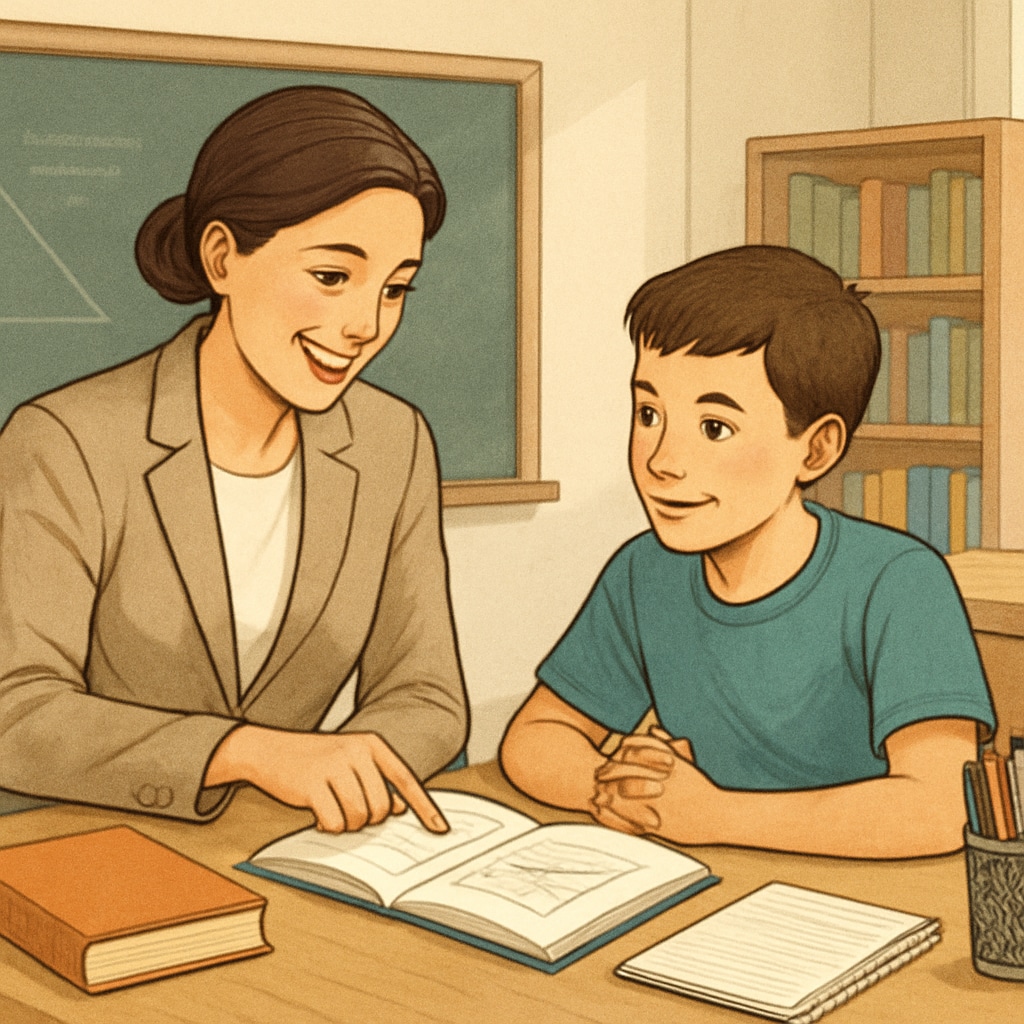The movie Whiplash provides a striking lens through which to examine the complexities of education methods, especially those that employ extreme pressure in pursuit of achievement. The film’s portrayal of a young drummer and his relentless, often brutal instructor is a powerful depiction of the balance—or lack thereof—between pushing a student to their limits and providing the care needed for emotional well-being. This raises an important question: how can educators inspire greatness without causing harm? By delving into the dynamics of extreme pressure and nurturing care, we can uncover the potential and pitfalls of such teaching methods and strive for a more balanced approach.
Extreme Pressure: The Catalyst for Greatness?
Extreme pressure in education often stems from the belief that only by pushing students beyond their perceived limits can their true potential be unlocked. In Whiplash, the instructor, Fletcher, exemplifies this philosophy. His unrelenting criticism and harsh teaching methods are meant to motivate his students to achieve excellence. Indeed, this approach sometimes yields extraordinary results, as seen in the protagonist’s eventual musical triumph.
However, there is a fine line between motivation and psychological harm. Studies in educational psychology suggest that while high expectations can drive performance, excessive pressure can lead to anxiety, burnout, and even long-term trauma. According to an article from Britannica, effective education involves not just challenging students but also providing the support they need to succeed. Without this balance, the pursuit of excellence can become destructive.

The Role of Care in Education Methods
In contrast to extreme pressure, the role of care in education cannot be overstated. Research has consistently shown that a supportive and empathetic teaching environment fosters creativity, resilience, and a love of learning. Care doesn’t mean lowering standards; rather, it means creating a space where students feel safe to take risks and grow.
For example, mentorship programs that combine high expectations with emotional support have been proven to yield positive outcomes. A study published on Wikipedia highlights the importance of emotional intelligence in teaching. Teachers who understand their students’ emotional needs are better equipped to tailor their methods, ensuring that challenges are met with encouragement rather than fear.

Striking the Balance Between Pressure and Care
Finding the right balance between extreme pressure and care is no easy feat, but it is essential for effective education. One approach is to adopt goal-setting strategies that are both ambitious and achievable. Clear communication and regular feedback can help students understand that challenges are part of the learning process, not a reflection of their worth.
Additionally, fostering a growth mindset—where students view failure as an opportunity to improve—can mitigate the negative effects of pressure. This requires educators to model resilience and empathy, showing students that setbacks are a natural part of growth. As a result, students are more likely to thrive, both academically and emotionally.
Conclusion: The Double-Edged Sword of Extreme Education Methods
The duality of extreme pressure and care in education is a complex, double-edged sword. While methods like those depicted in Whiplash can push students to achieve remarkable feats, they also risk causing lasting harm if care and emotional support are neglected. The challenge lies in crafting an educational environment that demands excellence while also nurturing the individual. By striking this delicate balance, educators can unlock the full potential of their students without compromising their well-being.
Ultimately, the greatest teachers are those who inspire their students to excel not out of fear, but out of passion and self-belief. As the debate over extreme education methods continues, it is crucial to remember that achievement and care are not mutually exclusive—they are two sides of the same coin.
Readability guidance: Short paragraphs and clear subheadings structure the article for easy reading. Key points are summarized in lists where appropriate, and overuse of passive voice is avoided. Transitions like “however,” “in contrast,” and “as a result” provide logical flow throughout.


